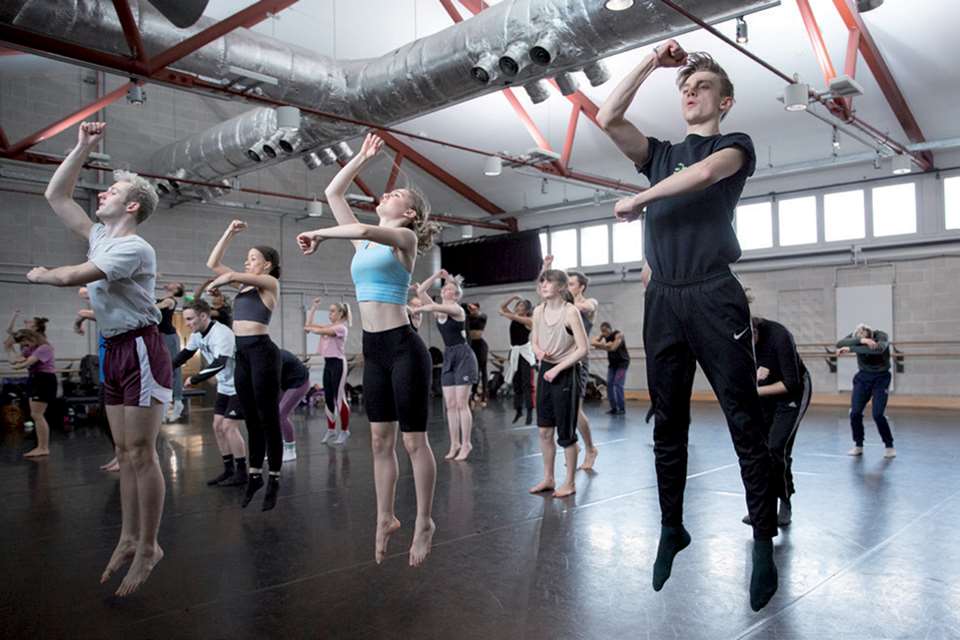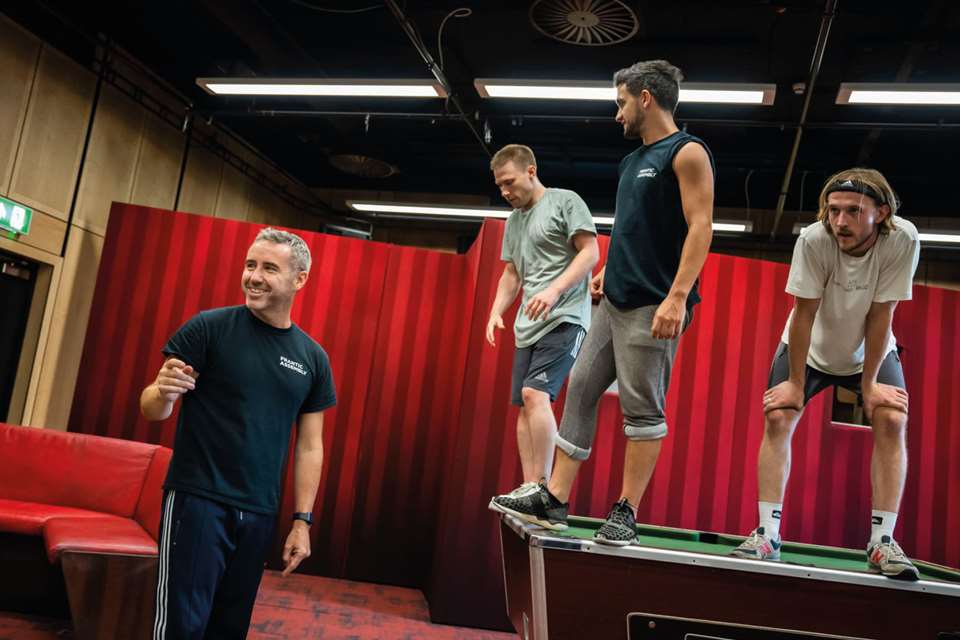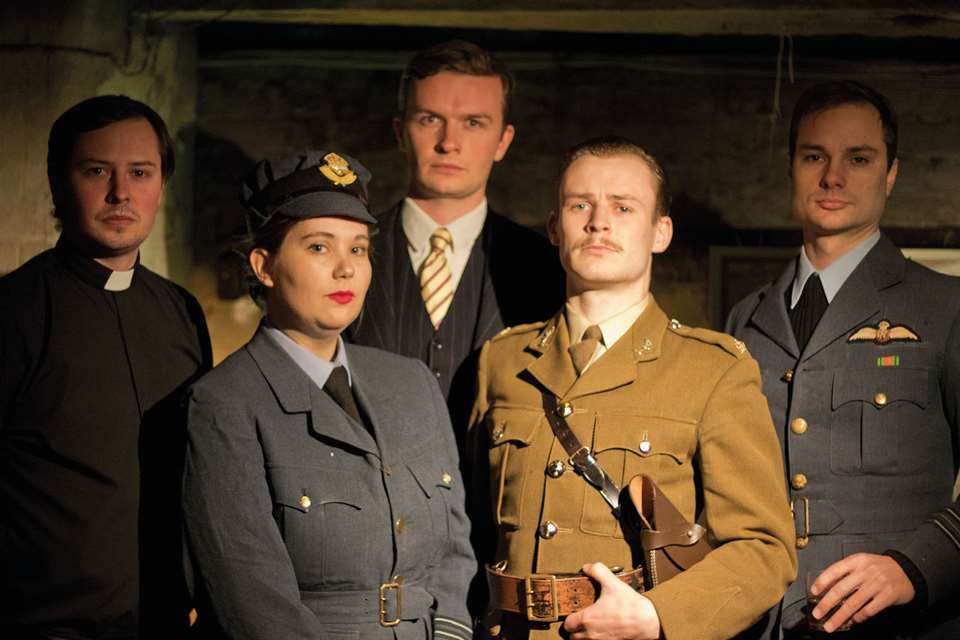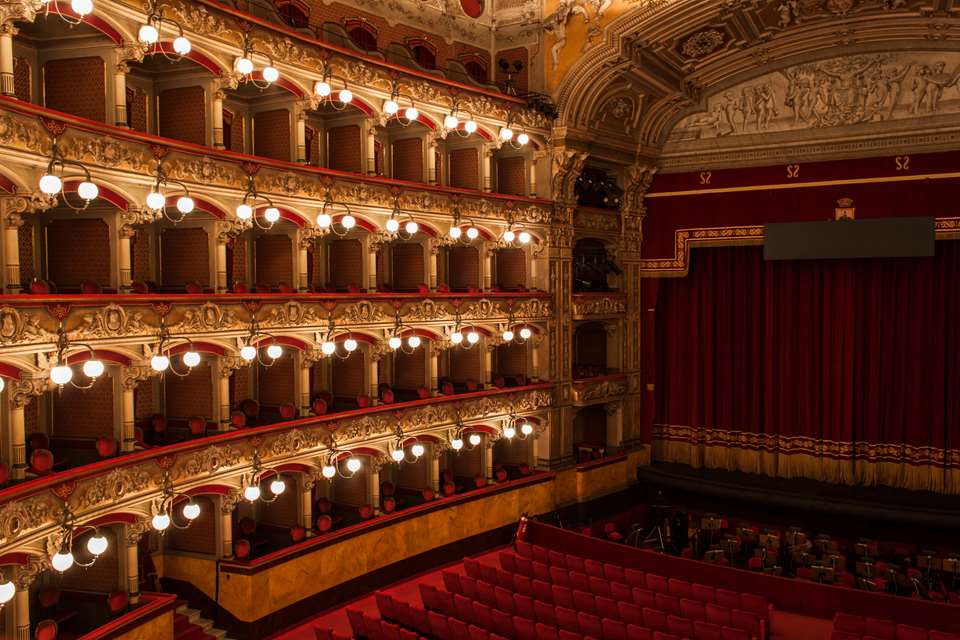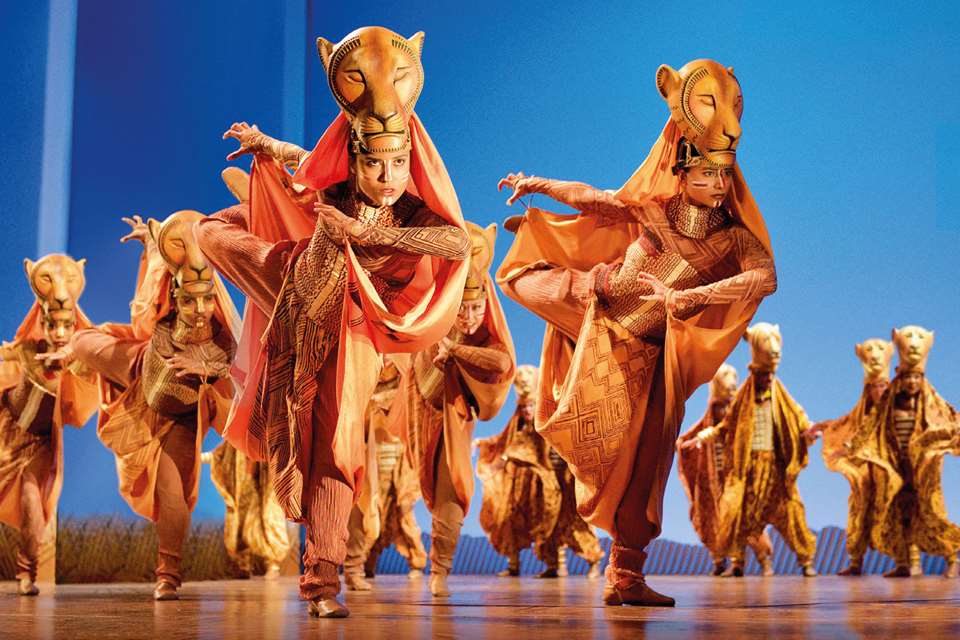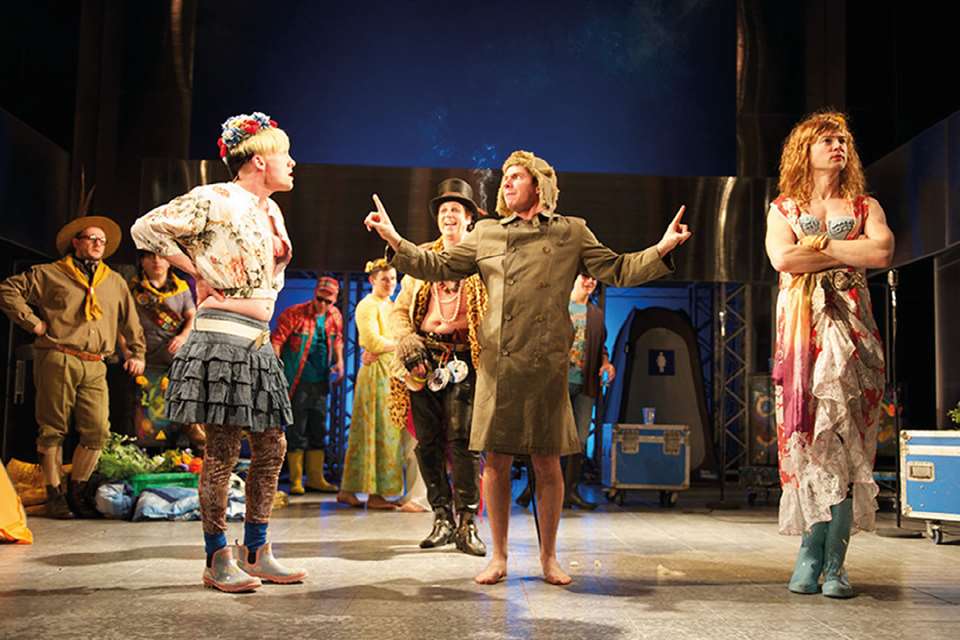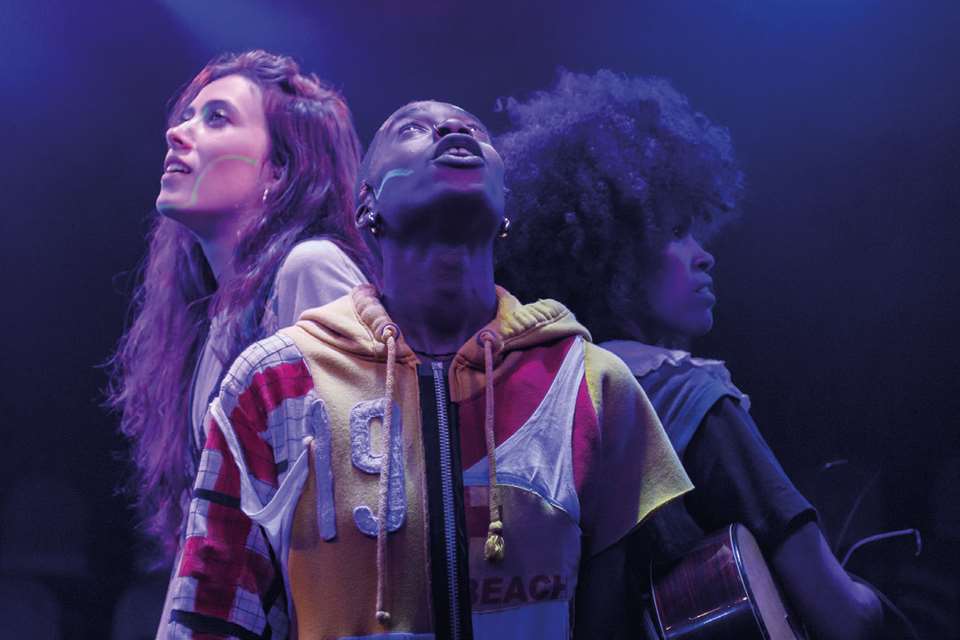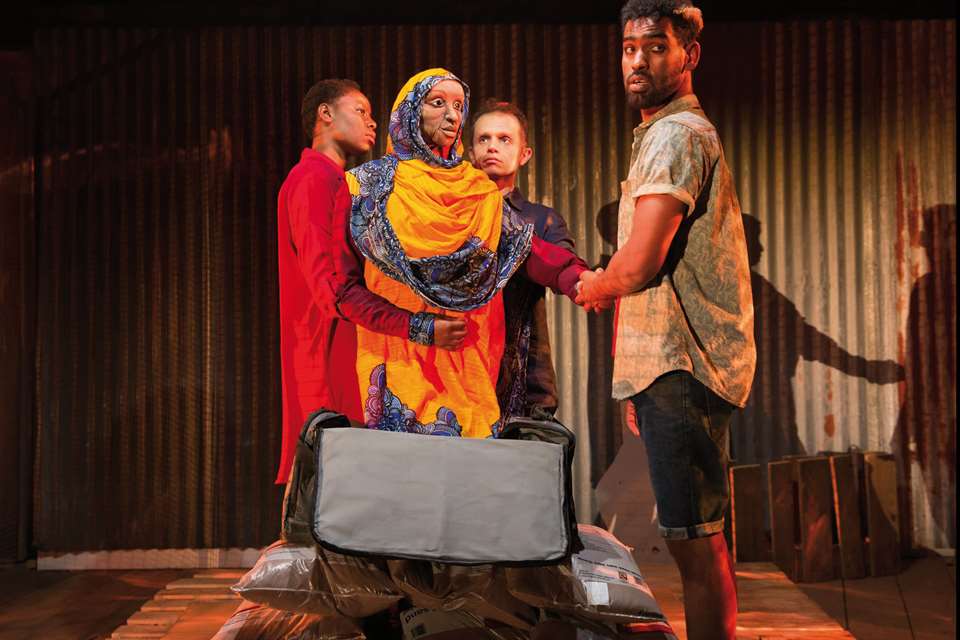Practitioner focus: Matthew Bourne's New Adventures
Wednesday, February 1, 2023
New Adventures is a groundbreaking dance-theatre company. Since 1987, it has created works that have altered the public perception of what is possible when it comes to telling stories without words. The company is led by celebrated choreographer and director, Sir Matthew Bourne.
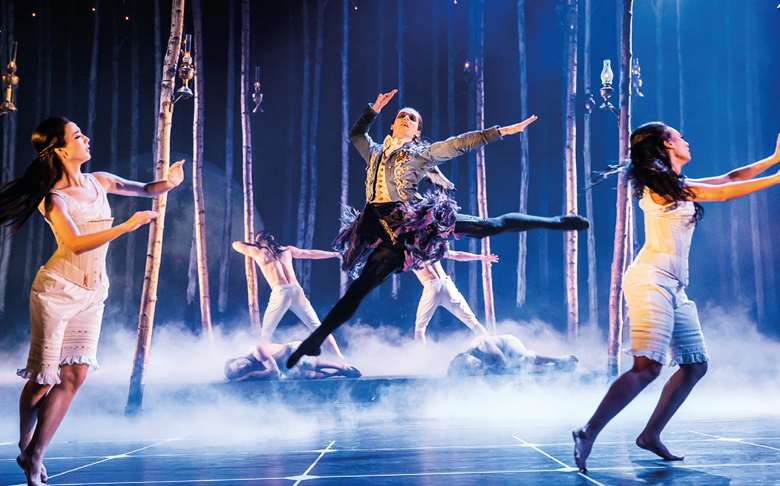
JOHAN PERSSON
Influences and inspirations
Matthew Bourne is renowned for shattering stereotypes and exploring new possibilities in dance. Key to his creative approach is the creation of new work based on familiar stories, all of which are accessible to audiences unfamiliar with dance. His work is eclectic in its influences, ranging from old films to musical theatre.
Stylistic features
Matthew Bourne himself would say that his style was difficult to describe. What interests him are narratives, characters and relationships, rather than a more abstract approach to movement. As he works with dancers from a range of training backgrounds including contemporary, musical theatre and classical ballet, he blends genres to create something truly unique. Key to his stagecraft is his unique approach to collaboration with his creative team and dancers, working with the musical score and storytelling through movement.
Choreographic approach
Once Bourne has established the story and structure of a work, ideas are explored through workshops. Creating choreography is a collaborative process in which the dancers have ownership over their character development. Once the choreography of a show has been created, Bourne shapes the narrative. Reflection is central to his work, ensuring that the new production is always relevant to a new audience.
Exercise 1:This task uses actions and gesture as a way into exploring character. By introducing rhythm and musicality to the gestures, we build a physical value to the movement. It is inspired by the choreography of Matthew Bourne’s Sleeping Beauty: A Gothic Romance.
Working on their own:
- Think of three pieces of clothing that are part of an outfit you would wear to the party.
- Think of one pose or move that represents your attitude.
- Without speaking describe what you are wearing through actions and finish with your pose.
- Think about the detail of your clothes – does your hat have a feather? Does your shirt have ruffles? How do you feel in the outfit?
- Choose music to work with, preferably something modern with a clear driving beat.
- Listen to the rhythm of the music and fit your actions in time with this. It should be no longer than two counts of eight. Think about changing the pace of your actions, perhaps even adding in a moment of pause.
- Exaggerate the movement actions to make your outfit come to life even more. Add a turn, a jump or travel.
- Now practise your movement sequence so it flows and is clear.
- Perform your movement sequence as though you are speaking to someone else, explaining to them what you are wearing.
If you are working in a group you could work with a partner and take it in turns to perform your sign and describe to each other or take turns around a circle, being sure to keep in time with the music.
Exercise 2In Sleeping Beauty, the movement has lots of motifs that represent the idea of sleep and sleepwalking.
- Introduce the idea of sleepwalking. Ask your students if they or anyone they know sleepwalks? Do they have any stories of sleepwalking experiences to share?
- This is a trust and physical command exercise, completed in silence. Students should be fully focused on their partner. Working in pairs, one should take the role of A, the leader and the other B, will be led. Instruct all the Bs to close their eyes if they are comfortable or lower their gaze to the floor. A will direct B around the space using simple gentle touches to the body as commands:
- Touch to the top of the back = GO
- Touch on the top of the head = STOP
- Touch to the chest/collar bone = BACKWARDS
- Touch to the left arm = TURN LEFT
- Touch to the right arm = TURN RIGHT
- Touch to the lower back = 180 DEGREE TURN
- Ask the Bs how it felt to be led. How was the body affected? Did they move differently, more tentatively? Ask the As how it felt to lead. Did they feel a sense of responsibility for their partner? Were there students who took more risks than others?
- Repeat this exercise where A and B swap roles and discuss.
- Split the group in half, sending each half to opposite ends of the space, facing each other. The aim is to swap sides, with As guiding Bs. As the two groups reach the centre ground there will be a lot of congestion, so As need to be very careful in guiding Bs through this safely and without any collisions. You can swap As and Bs around. Discuss as above.


